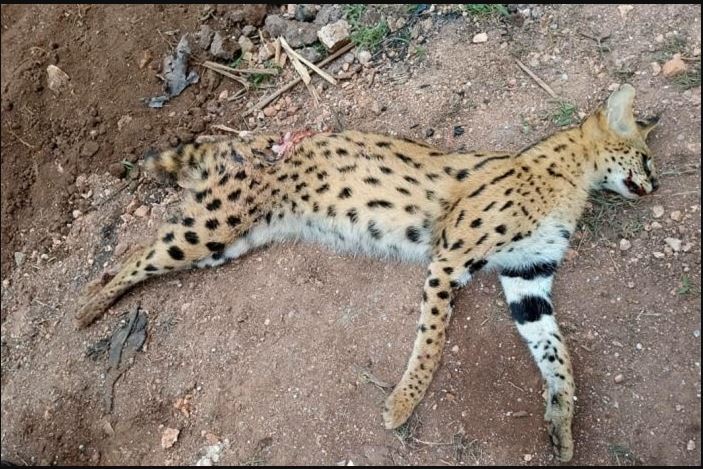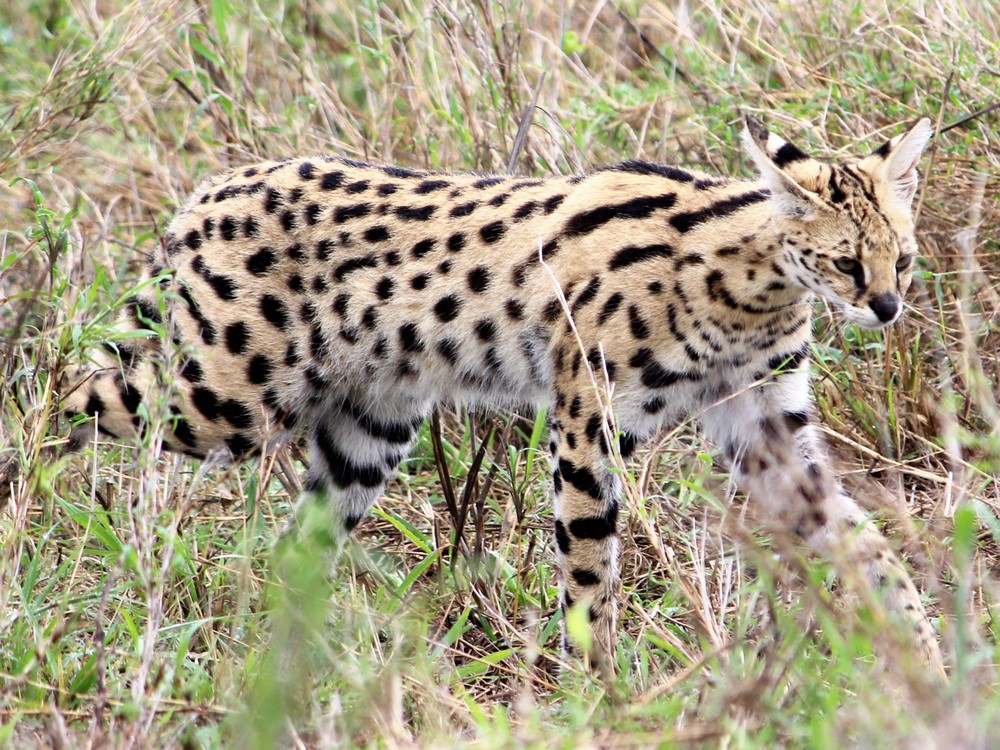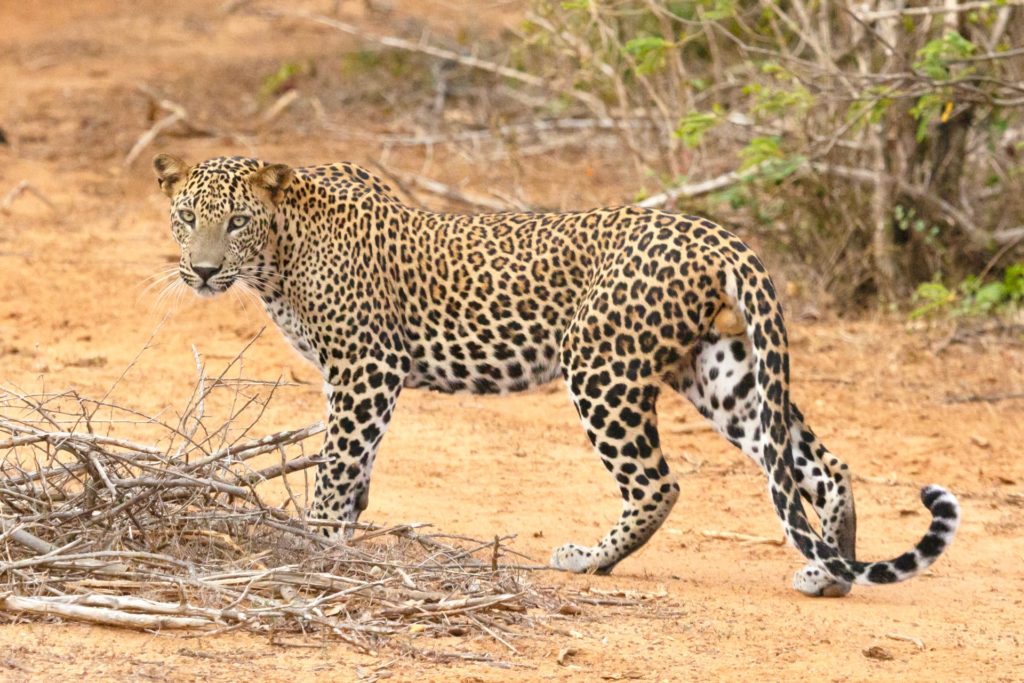
It caught the imagination of many, a family trapped indoors, staying clear of an uninvited visitor, believed to have been a Leopard. But not all spotted cats are Leopards.
It had all begun in the early hours of a Friday, just over a week ago, on 11th September. Alexis Ndayambaje a resident of Mukura in Huye, rang the local authorities, to raise the alarm, and ask that he and his family be rescued. He explained that on going outside, one of his children had spotted a Leopard in the family shed, hiding among old machinery. He also called our reporter to share the drama.
After what must have seemed an age for Ndayambaje and his family, help did eventually arrive. Unfortunately for the animal, help for the family meant its death at the end of a bullet.
“I have no reason to believe there is a Leopard at large in the area” the local government Executive Secretary of the area, Fidel Ngabo had said at the time, when contacted by our reporter.
It seems Mr Ngabo’s scepticism was well founded. No Leopard died on that day, but another member of the cat family did die, a Serval cat, or Imondo, as it is called in Kinyarwanda, to be precise.
The incident came as little surprise to Eugene Mutangana, conservation manager at the Rwanda Development Board (RDB), the government agency responsible for wildlife conservation.
“It is not surprising to find a wild animal entering areas of human habitat” he said matter of factly, “population growth has meant encroachment on, or close to areas of wildlife habitat. This even in areas around Kigali.”

A Serval cat
According to Mutangana, there is a well established process to keep humans and animals from rubbing against each other, and Ndayambaje seems to have acted in line with it.
“We advise people not to approach wild animals of course, and to instead call their local authorities” explained Mutangana.
Because they do not have enough staff to respond to every such call, RDB works with local government administrators, the Police, in particular community security officers who work in support of National Police officers.
Ideally, depending on circumstances, any wild life, big or small found close within or close to areas of human habitation, are trapped and returned to the wild rather than shot. This process however is complex, and calls for a lot of resources, both human and material.
And it is determined by the kind of animal, and how it behaves. If it is frightened, and likely to attack, then the first priority is to protect human life. It can be darted, but more often than not protecting people means killing the animal.
And as Mutangana explains, even if an animal can be tranquilised, it does not mean that they can automatically be returned to protected wild areas.
“they may have picked up diseases, and so have to be first quarantined first for a period of time, during which their blood has to be tested to determine whether it’s safe for them to be returned to their natural habitats. Sometimes, a better option is to put them in an environmental museum, if possible.”

Rwanda is planning to establish more wildlife laboratories, but at the moment, blood test samples have to be sent outside the country, which involves not only logistical challenges, but a good deal of expense.
And there is a need for more equipment for translocation of animals, as well as shortage of trained staff.
Until that scarcity can be remedied, residents of areas where wild animals are likely to wander, are educated on how to behave around them, until the authorities arrive to remove them, hopefully, while still breathing.
Whether or not they knew it, Ndayambaje and his neighbours held the the Serval cat’s life in their hands.

A tiger
“Protecting people will always come first” insisted Mutangana “and if the animal is behaving dangerously, because it is frightened, and traumatised, unfortunately it has to be shot, before it endangers any human life.”
Although considered endangered in North Africa, in Sub Saharan Africa, the Serval Cat is listed on the International Union for Conservation of Nature (IUCN)’s so called Red list, as of least concern.
It is of little comfort to the particular Serval Cat, but it at least means that its death will not threaten the survival of its species.

